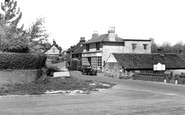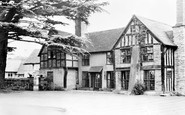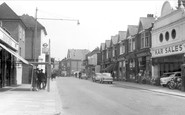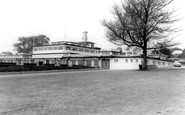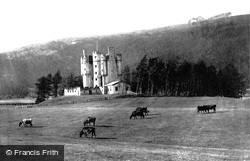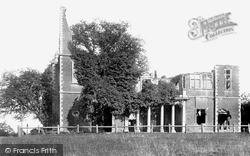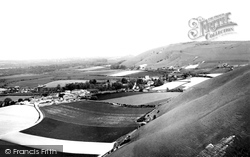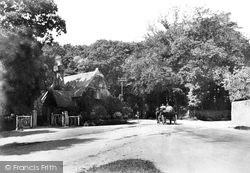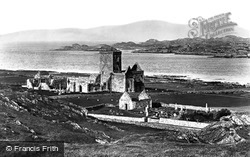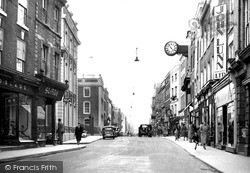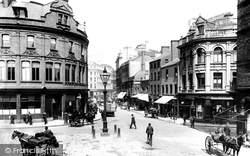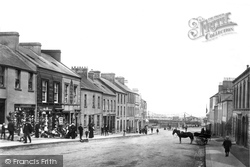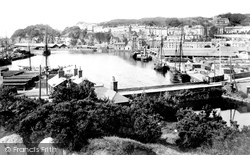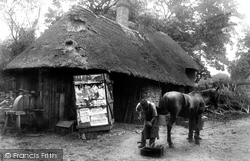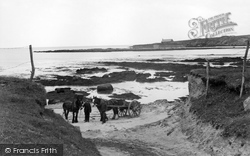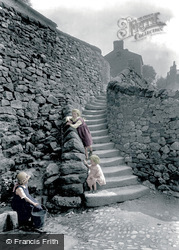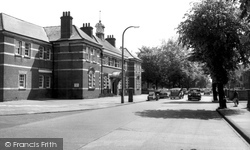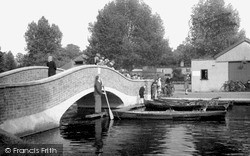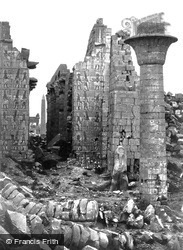Places
18 places found.
Those places high-lighted have photos. All locations may have maps, books and memories.
- Hythe, Kent
- Hythe, Hampshire
- Small Hythe, Kent
- Bablock Hythe, Oxfordshire
- Methwold Hythe, Norfolk
- Hythe, Somerset
- Hythe, Surrey
- Hythe End, Berkshire
- The Hythe, Essex
- Egham Hythe, Surrey
- West Hythe, Kent
- New Hythe, Kent
- Broad Street, Kent (near Hythe)
- Horn Street, Kent (near Hythe)
- Newbarn, Kent (near Hythe)
- Newington, Kent (near Hythe)
- Broad Street, Kent (near Hythe)
- Stone Hill, Kent (near Hythe)
Photos
360 photos found. Showing results 3,281 to 360.
Maps
101 maps found.
Books
10 books found. Showing results 3,937 to 10.
Memories
4,406 memories found. Showing results 1,641 to 1,650.
Childhood Memories
I had a wonderful childhood in Lower Willingdon - we lived, my brother and I, in a bungalow in St Annes Road and went to the village school in Upper Willingdon where Mr Morrell was the headmaster. I remember in the playground ...Read more
A memory of Willingdon in 1950 by
My Dad
My dad worked on the farm from 1955 to1971, he was called Eugen Luczynski. I have many happy memories of life then; we lived in a farm cottage on Yarningale Common surrounded by the fields belonging to the farm - I remember summer ...Read more
A memory of Claverdon in 1960 by
David Greig Shop
My granddad, Ron Beeson, was the manager of David Greig shop in Egham High Street from around 1956 until he died. My grandparents, Dad and uncle lived above the shop and my parents met when my mum went to work there. I spent a lot ...Read more
A memory of Egham in 1971 by
Crooked Shears Cottage, Severn Road, Hallen
My memories of Hallen are between 1949 - 1959. I was brought up in the above cottage (which was a former Inn) from my birth in 1949 until my parents moved to Clifton, Bristol in 1959. We were pretty cut off ...Read more
A memory of Hallen in 1949 by
Highwood Hospital
I spent nine months at Highwood Hospital between May and December 1951. I celebrated my 12th birthday in Poplars 3, a girls' ward almost at the end of the drive. I remember so many things about my time there I could almost ...Read more
A memory of Brentwood in 1951 by
Happy Holidays
How lovely to take a trip down memory lane and see old postcards of Rhyll. My mum, dad, l and my younger sister enjoyed many happy holidays in Rhyll during the 1960's. There was always so much to do; we loved the paddling pool and ...Read more
A memory of Rhyl in 1967 by
Pavilion, Wicksteed Park, Kettering
Worked here aged 15 - my first casual job and first real job of any sort - when the pavilion had a 'proper' restaurant, mostly clearing tables, laying cutlery and (on my first day when I had the temerity to wear ...Read more
A memory of Kettering in 1964 by
Nine Elms Lane
I was born at 15 Currie Street in a modern prefab which had electric lights when most other houses still only had gas. We had an inside toilet and bathroom luxuries that others could only dream of then. At one end of Currie Street ...Read more
A memory of Battersea in 1957 by
The Runner
Back in 1958, me and my mate who was 4 yrs older than me also visited Gatacre Hall. I too was overwhelmed by the size of the library and the size of some of the books. I also saw the car. I think it was an old MG. I don't know who ...Read more
A memory of Gatacre in 1956
A Happy Home And Care Free Childhood.
I was born and brought up in Maresfield and have wonderful memories of a very happy carefree childhood. Along with my brother and sisters we lived with my mum and dad and my dear old Gran. Gran had lived in ...Read more
A memory of Maresfield by
Captions
4,899 captions found. Showing results 3,937 to 3,960.
Its development in the early 1870s was facilitated by the Sutton Water Company, which was founded in 1864.
As one of four major thoroughfares leading to the Town Centre, and formerly called Tower Hill, Manchester Street's importance was typified by the presence of many privately-owned shops and businesses and
This five-storey, L-plan tower-house was built by the Earl of Mar in 1628. It was here in August 1714 that a so-called hunt was assembled by John Erskine, sixth Earl of Mar.
Tom Walls made 'Derby Day' in 1952, and when 'Esther Waters' was filmed in 1947 the downs were populated by tin people, who were cheaper by the day than crowd extras.
This view of the ruinous west front of John Bunyan's 'Palace Beautiful' atop the 'Hill of Difficulty' shows why historians are excited by the building.
All the houses on the left have been bought by the Thomas Hickman Charity in recent years and refurbished, including the Chantry on the left, a pretty Gothick front of about 1840 with arched and hood-moulded
The legend is that the Dyke was dug by the Devil in the hope, for unspecified reasons, that the sea would rush through to flood the Weald.
All is now long gone and built over by the housing estates of East Salvington.
Water from the pump was used by the blacksmith to cool down and shrink the red-hot iron tyres he fitted to wooden wagon wheels.
It is said that it was Columba himself who caused the battle: he was accused by the High King of taking a psalter without permission, so Columba appealed to his clan for help in clearing his name, and
These, judging by the smartness of their dress (complete with pocket handkerchief), are clearly not fishermen.
It was given in 1849 by Mayor Richard Padmore and projects into the street over a site once occupied by the King's Head Inn, first mentioned in 1717.
The row on the right tells of a not-so-distant past: these are clearly old houses left behind, now forming shops and protected by the essential awning.
The workaday appearance of the street shows how it had been overtaken by the success of the resort.
The harbour, which was designed specifically for the shipment of slate, opened in 1824, and by 1836 slate arrived here by rail to be loaded onto schooners; we can see schooners moored by the harbourside
By the 1920s, many smiths had ceased to tend horses, but tended cars instead – they had made the transition from farrier to motor mechanic.
It stands on an islet, surrounded by the sea at high tide, and approached by a stone causeway.
Two railways touched the town: the North West line was followed by the famous Settle-Carlisle line in 1876.
By the end of the 18th century it had become the principal coal port in south Wales; all this from what half a century before had been little more than a few wharves.
It is very sad that many of the trees on the right were felled by the gales of 1987.
This view shows the boat station by the 1936 hump-backed bridge. Nowadays there is also an elevated monorail. All the buildings, including the distant flat-roofed chalets, survive today.
The church of St Peter and St Paul, another of the marshland churches, is located by the side of the A158 main road to Skegness - during the summer this is a very busy road indeed.
dominates the immediate street scene with its substantial angled buttresses and crocketted finials; these are not 15th-century, but were added in 1832, after the collapse of the original tower, by the
Modernisation took place in 1955, financed by the Colfox Trust, when the number of units was increased to six.
Places (18)
Photos (360)
Memories (4406)
Books (10)
Maps (101)

